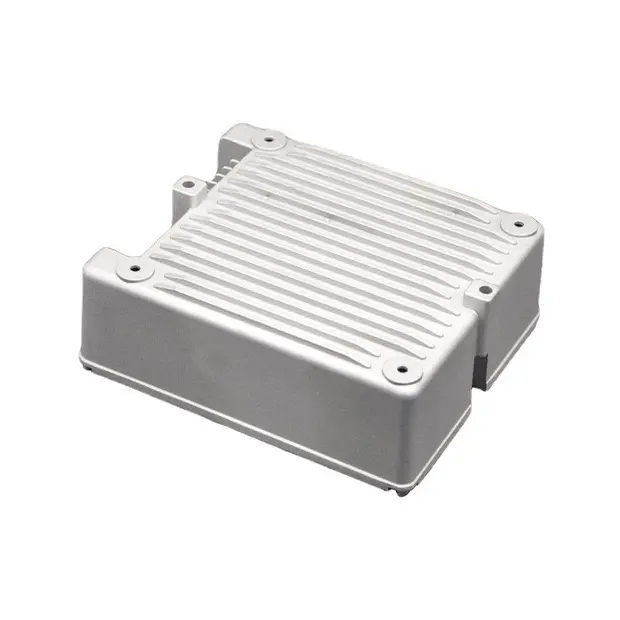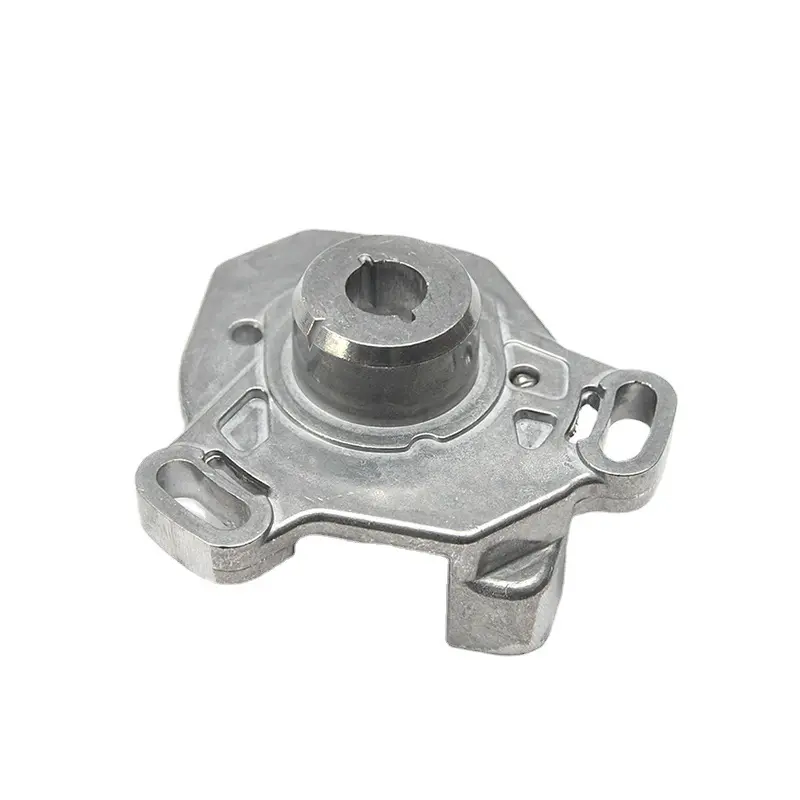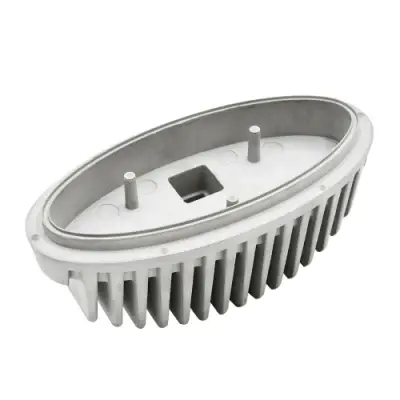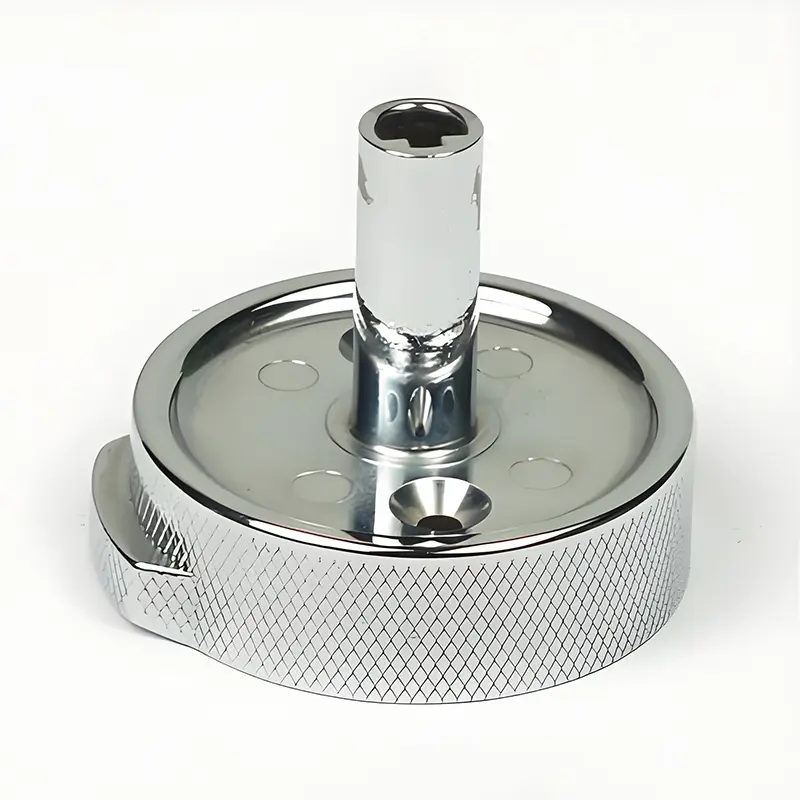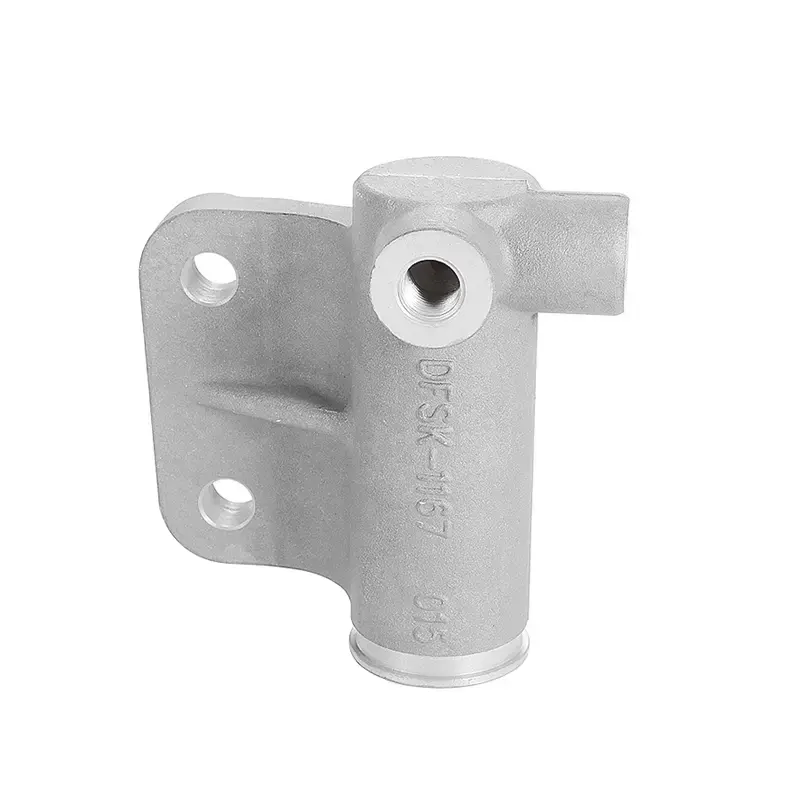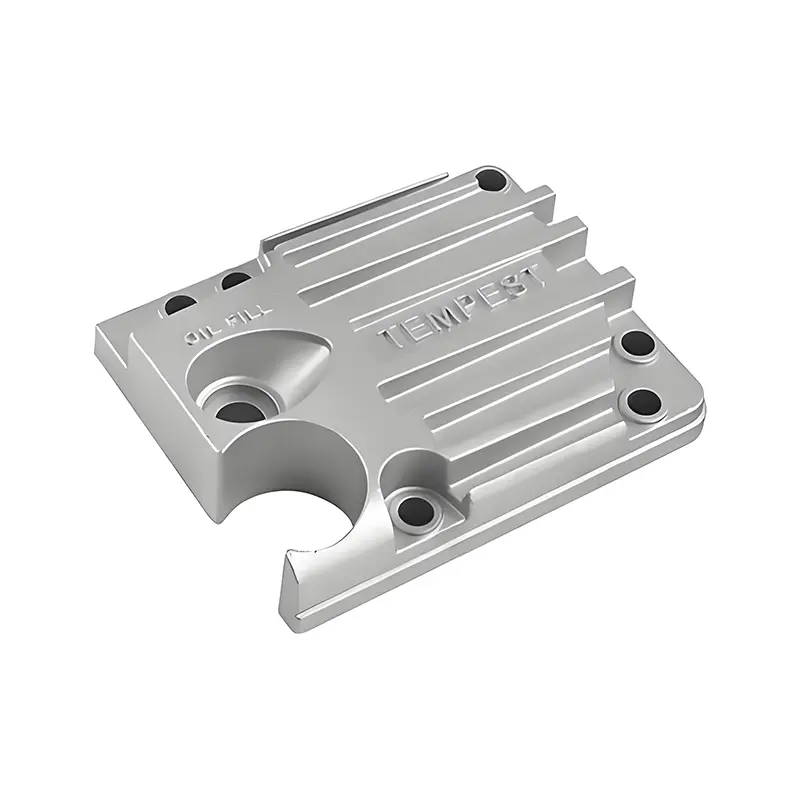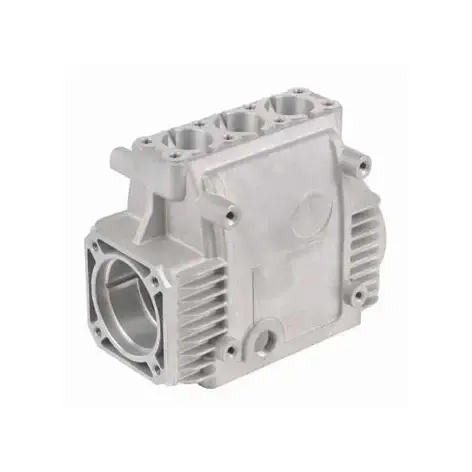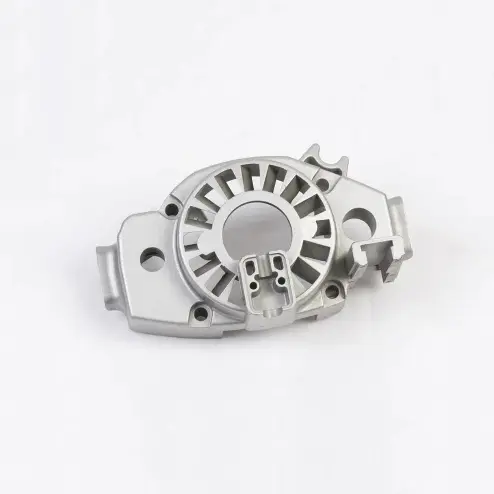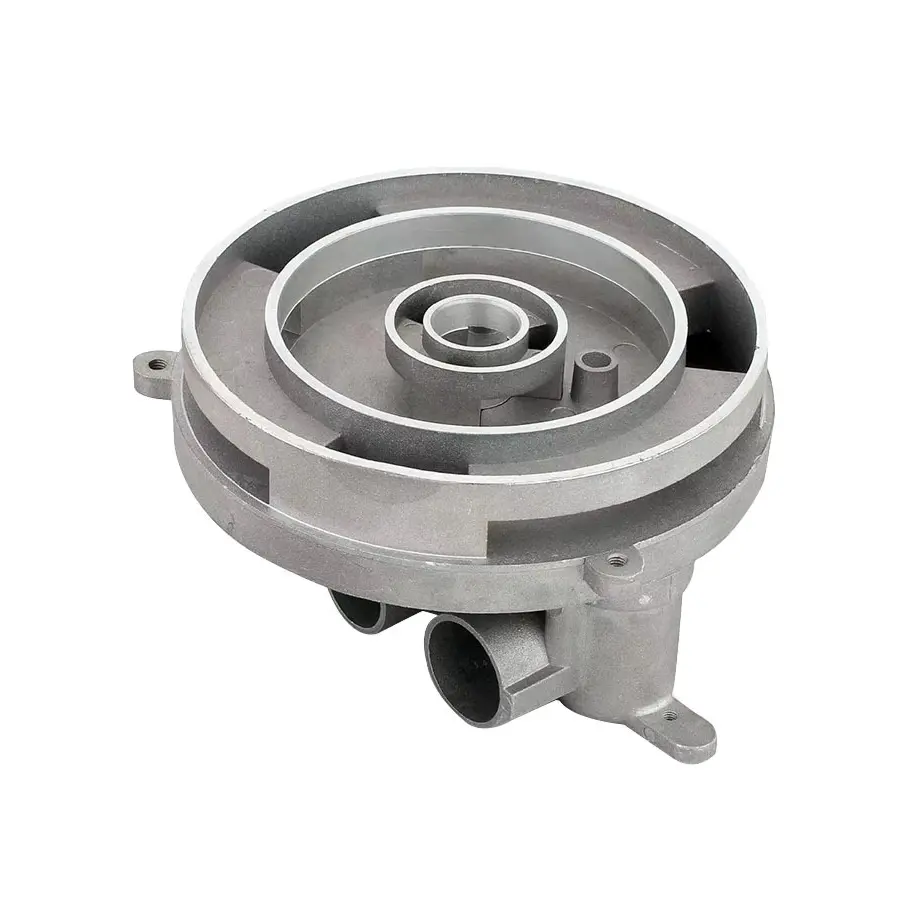 +86-13516964051
+86-13516964051 High-Pressure Die Casting Technology
High-Pressure Die Casting Technology: The Key to Improving the Quality of Aluminum Die-Casing Bases
In today's global manufacturing industry, with the continuous advancement of technology and increasingly fierce market competition, high-quality components have become the goal of all industries. For aluminum die-casting bases, their quality not only directly affects product performance and service life, but also the overall market competitiveness of the product. As an advanced manufacturing process, high-pressure die-casting technology is being adopted by more and more companies to improve the quality of aluminum die-casting bases.
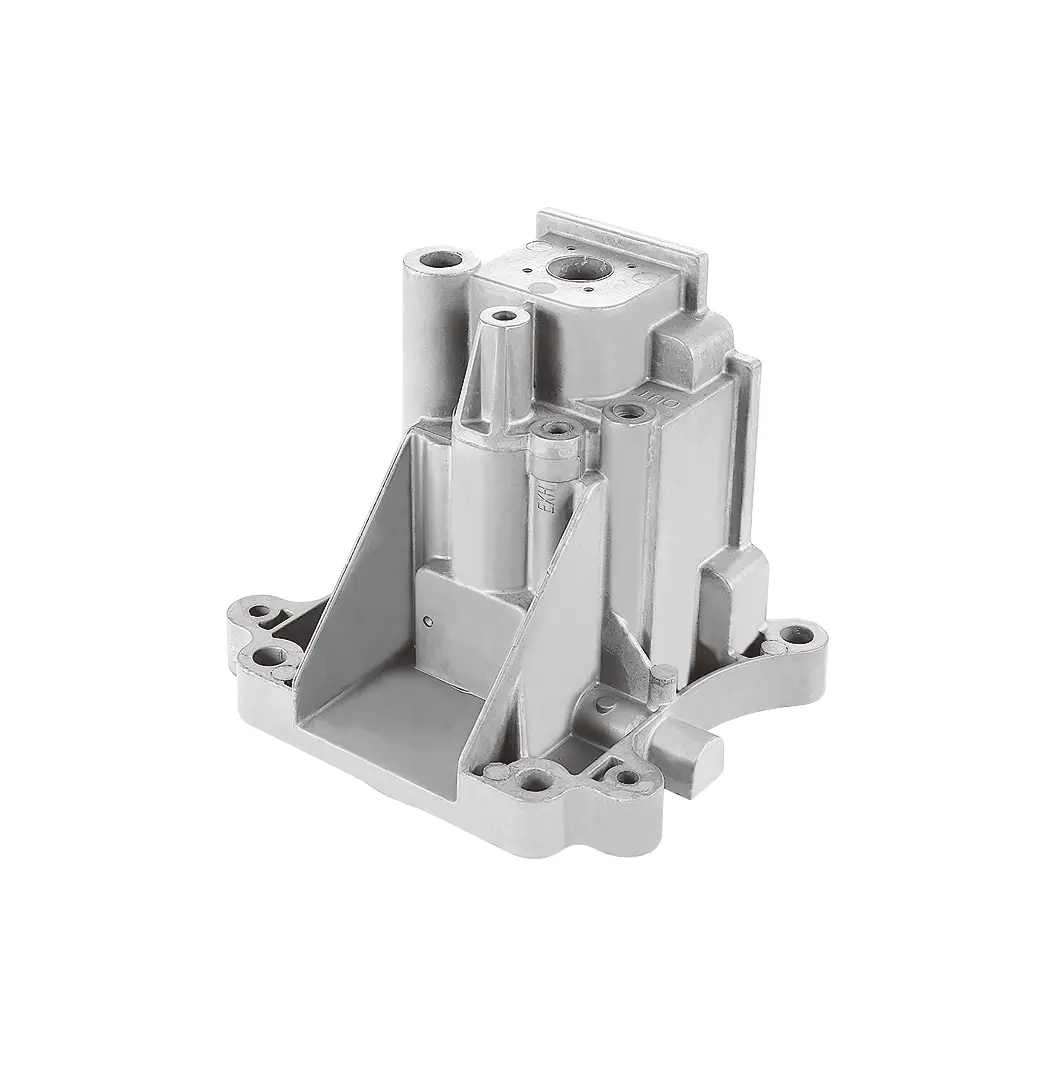
I. Introduction to High-Pressure Die Casting Technology
High-pressure die casting (HPDC) is a Casting Process in which molten metal is rapidly injected into a mold cavity under high pressure and solidified under pressure. Compared to traditional casting methods, it offers many unique advantages, making it an ideal choice for manufacturing high-quality aluminum die-casting bases.
(I) Working Principle of High-Pressure Die Casting
The high-pressure die-casting process primarily includes mold preparation, injection molding, cooling and solidification, mold opening and part removal, and post-processing. During the injection stage, molten aluminum alloy is injected into the mold cavity at an extremely high speed (10-50 m/s) under high pressure (typically 15-200 MPa). This high-speed, high-pressure injection method enables the molten metal to quickly fill every corner of the mold cavity, resulting in complex, dimensionally precise castings.
(II) Advantages of High-Pressure Die Casting
High Production Efficiency: High-pressure die casting requires extremely short injection and cooling times, typically only a few seconds to tens of seconds, significantly shortening production cycles. For example, a domestically produced JⅢ3 horizontal cold-air die-casting machine can perform an average of 600-700 die-casting cycles in eight hours. This high efficiency enables companies to produce large quantities of aluminum shell die-casting bases in a short period of time to meet market demand.
High Dimensional Accuracy and Surface Quality: Because high-pressure die casting is performed under high pressure, the castings achieve high dimensional accuracy and excellent surface finish. Typically, the castings achieve dimensional accuracy levels of 5-8. This means that the aluminum shell die-casting bases are more dimensionally stable and interchangeable, reducing the need for subsequent processing. Furthermore, the excellent surface quality enhances the product's appearance and corrosion resistance. High Strength and Excellent Mechanical Properties: The strength and hardness of high-pressure die-cast parts are typically 25-30% higher than those of sand castings. This is because during the high-pressure die-casting process, the molten metal solidifies under high pressure, resulting in a denser internal structure. For aluminum die-cast bases, this translates to higher load-bearing capacity and improved fatigue resistance.
Thin-Walled Part Production Capability: High-pressure die-casting can produce thin-walled, complex castings. This allows aluminum die-cast bases to achieve lightweight designs while maintaining strength. This is crucial for applications with stringent weight requirements, such as automotive and aerospace.
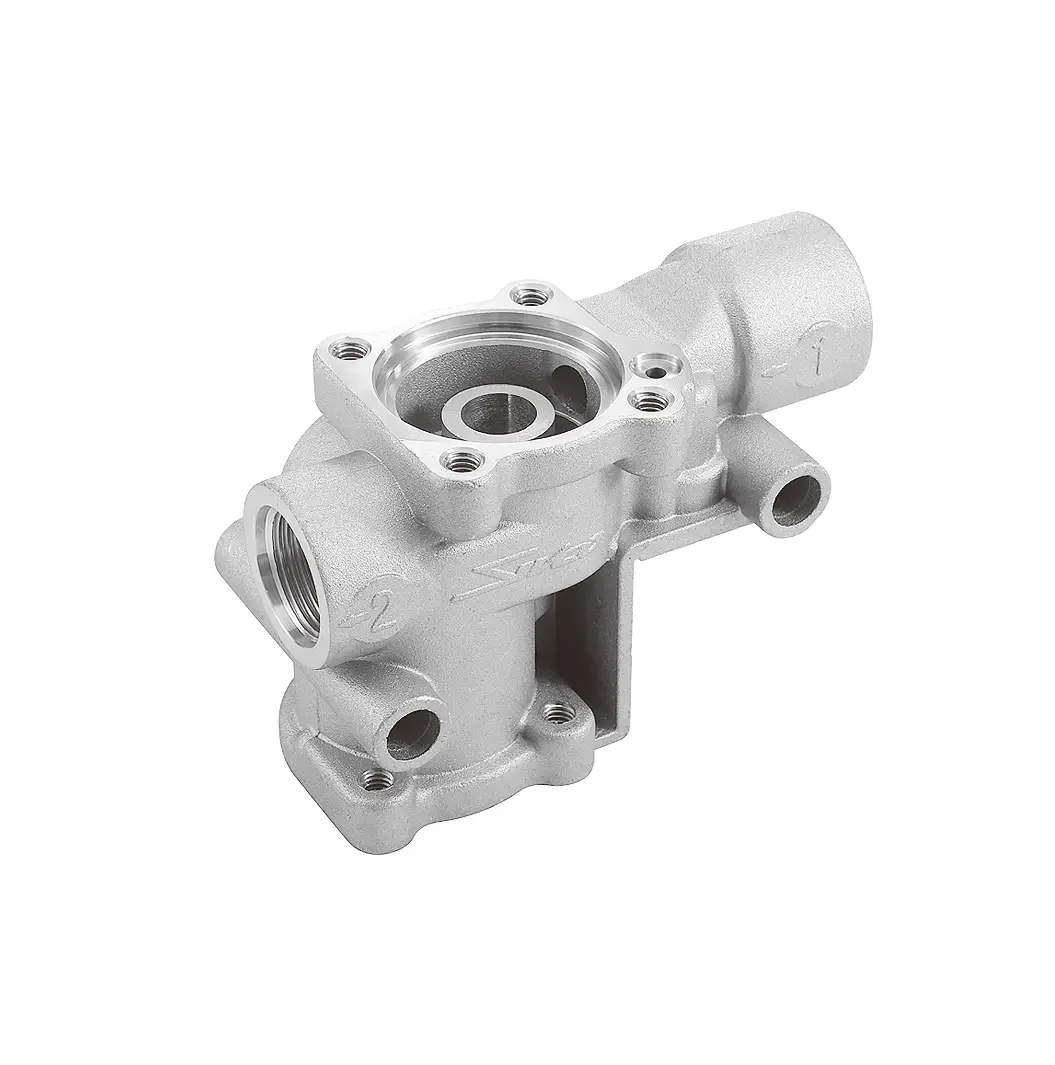
I. Application of High-Pressure Die-Casting Technology in Improving the Quality of Aluminum Die-Casting Bases
(I) Optimizing Mold Design
Mold Material Selection: To withstand high pressure and high temperature, high-pressure die-casting molds typically utilize high-strength hot-working mold steel. This material not only offers excellent wear resistance and thermal fatigue resistance, but also ensures mold precision and longevity. German mold steel brands such as BÖHLER and WIDIA, for example, produce mold steel that excels in high-pressure die-casting. Mold Structure Design: A sound mold structure is crucial for improving the quality of the aluminum die-casting base. During design, the flow characteristics of the molten metal, the placement of venting channels, and the layout of the cooling system must be considered. For example, optimizing the design of the gate and runners can reduce turbulence and air entrainment during the filling process. Furthermore, a well-functioning cooling system ensures uniform shrinkage of the casting during cooling, minimizing deformation and cracking.
(II) Precise Control of Process Parameters
Injection Speed and Pressure: Injection speed and pressure are key process parameters for high-pressure die casting. An appropriate injection speed ensures that the molten metal quickly fills the mold cavity while avoiding defects such as porosity and cold shuts. Generally, the injection speed should be adjusted based on the shape and wall thickness of the casting. For thin-walled parts, the injection speed can be increased to ensure the fluidity of the molten metal. Furthermore, the injection pressure must be precisely controlled to ensure that the casting can withstand sufficient pressure during solidification.
Mold Temperature: Mold temperature also has a significant impact on casting quality. Excessively high mold temperature prolongs the solidification time of the molten metal within the mold cavity, increasing the risk of porosity and shrinkage. If the mold temperature is too low, the molten metal will cool too quickly during the filling process, affecting its fluidity. Therefore, the mold temperature must be controlled within an appropriate range based on the material and structure of the casting. For example, for aluminum alloy die castings, the mold temperature is typically controlled between 200-300°C.
Cooling time: The length of cooling time determines the final quality of the casting.








